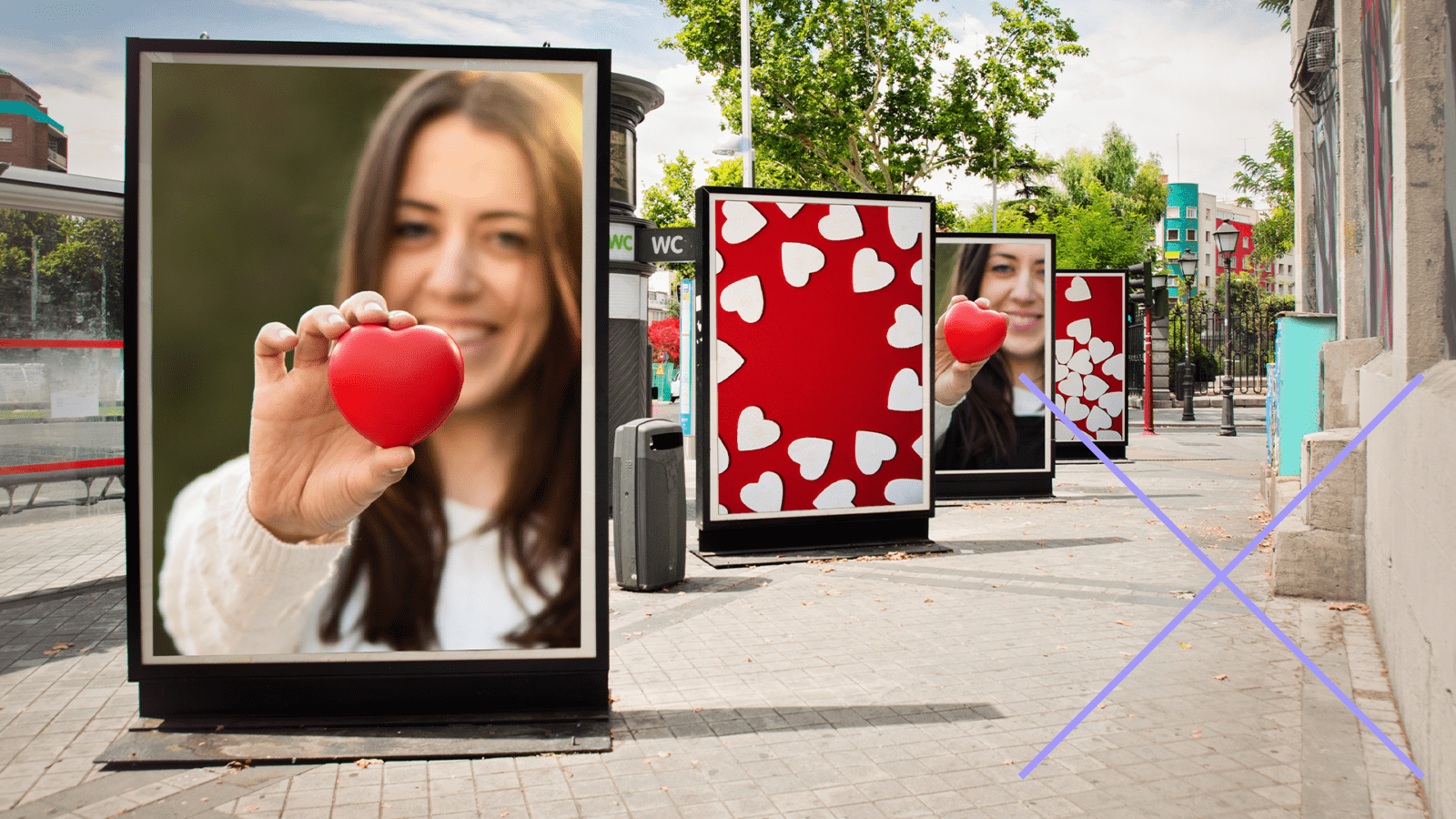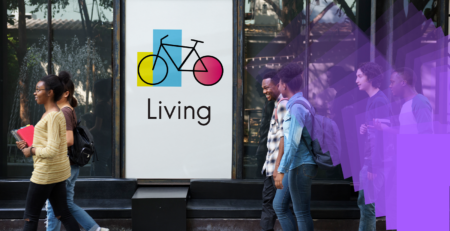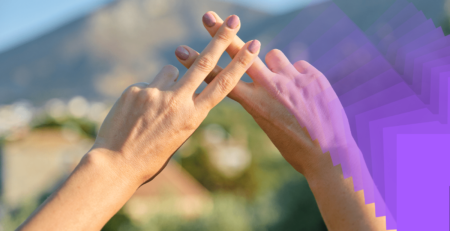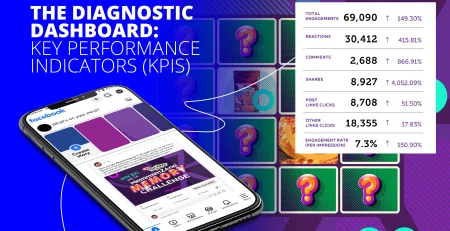Brand awareness: What is the Optimal Ad Frequency for Facebook, TikTok, and other social media networks?
The Frequency Formula
Finding the 'Just Right' Ad Frequency to Maximize Brand Awareness Without Causing Fatigue.
The Goldilocks Principle of Ad Frequency
Ad frequency is the average number of times a person sees your ad. The goal is to hit the sweet spot: enough to build recognition, but not so much that you cause 'ad fatigue'.
Too Little
Your message gets lost in the noise. Users forget your brand, resulting in low recall and wasted impressions.
The Sweet Spot
You build familiarity and trust. Your brand stays top-of-mind, leading to higher brand recall and efficient ad spend.
Too Much
Ad fatigue sets in. Users become annoyed, ignore your ads, and may even develop a negative perception of your brand.
Starting Point: Weekly Frequency Benchmarks
Every campaign is unique, but these ranges are a solid starting point for brand awareness goals. Platforms like TikTok favor lower frequencies to avoid disrupting the user experience.
The Law of Diminishing Returns in Action
Ad effectiveness doesn't increase forever. After a peak, each additional ad impression delivers less impact and can even hurt performance as ad fatigue drives down your Return On Ad Spend (ROAS).
How to Measure Frequency Success
Monitor these KPIs: a rising Cost Per Mille (CPM) can indicate audience saturation, while an increase in branded search volume is a strong positive signal that your frequency is effectively building recall.
- Impressions & Reach
- Cost Per Mille (CPM)
- Branded Search Lift
- Engagement Rate
Actionable Strategy Checklist
- ✅Start with Benchmarks. Begin with a frequency of 2-4x per week for general awareness and adjust based on real data.
- ✅Monitor Performance Signals. If your Click-Through Rate (CTR) is dropping while frequency is rising, you're experiencing ad fatigue.
- ✅Rotate Creatives Aggressively. The best defense against fatigue is variety. Introduce new ad visuals, headlines, and copy regularly.
- ✅Use Platform Frequency Caps. Actively limit how often a user can see your ad (e.g., 5 impressions per 7 days) to prevent overexposure.
Infographic by Trace Brand Building
The Strategic Science of Ad Frequency for Brand Awareness
Your brand’s social media ads are running. The budget’s allocated. Yet week after week, your brand awareness metrics refuse to budge. You’re caught in the frequency trap: show your ads too often, and you risk annoying your audience into brand aversion. Show them too rarely, and your message vanishes into the digital noise, forgotten before it ever takes hold.
This predicament keeps marketing leaders awake at night. You’re burning through resources on campaigns that should be building brand equity, but instead, you’re watching competitors capture mindshare while your carefully crafted messages evaporate like morning mist. The frustration compounds when agencies offer conflicting advice: some insist on minimal exposure to avoid fatigue, others push for saturation. Meanwhile, your CFO questions every dollar spent without clear attribution to results.
Here’s what the data actually reveals: the conventional wisdom about ad frequency is fundamentally flawed. Through our analysis of cognitive science research and platform-specific performance data, we’ve identified a strategic framework that transforms frequency from a guessing game into a precision instrument for building brand salience.
The Cognitive Science Behind Why Your Ads Aren’t Sticking
The Memory Formation Challenge
Building brand awareness isn’t about broadcasting messages; it’s about constructing memory structures in your audience’s minds. Research from Nielsen demonstrates that consumers require between five and nine impressions of a digital ad to effectively recognize and accept a brand. This aligns with the psychological principle known as the Mere Exposure Effect, where repeated exposure breeds familiarity and, subsequently, preference.
The challenge? Most brands operate on outdated frequency models that cap exposure at 1-2 impressions per week. This conservative approach might prevent annoyance, but it fails to achieve the fundamental objective: embedding your brand in long-term memory and building the brand salience necessary to transform your business from overlooked to unmistakable.
Breaking Through Banner Blindness
In today’s saturated digital environment, where users encounter tens of thousands of ads daily, the human brain has developed sophisticated filtering mechanisms. This “banner blindness” means your audience subconsciously ignores content identified as advertising. Breaking through requires more than clever creative; it demands strategic repetition that gradually transforms your brand from noise to signal.
A comprehensive meta-study by Schmidt and Eisend revealed that ten exposures are optimal for influencing consumer attitudes, with brand recall continuing to improve beyond eight repetitions. This finding directly challenges the industry’s risk-averse approach to frequency management and supports our philosophy of blending sharp messaging with tailored visuals to ignite discussions in your market.
The 8-12 Exposure Model: A Data-Driven Revolution
Why Traditional Frequency Caps Fail
The prevailing wisdom to maintain low frequency stems from a fundamental misunderstanding: conflating all advertising objectives into a single strategy. Direct response campaigns, designed to drive immediate action, operate on different psychological mechanisms than brand awareness initiatives.
For brand awareness campaigns, the evidence is clear:
- 4+ exposures consistently generate the highest lift in brand awareness metrics
- 8-12 total exposures over a campaign create lasting brand recall
- Viewers seeing ads 5-7 times are up to 8 times more likely to convert than single-exposure audiences
This isn’t about bombarding audiences; it’s about creating sufficient cognitive reinforcement to establish your brand as a landmark in your category. As we explain in our approach to brand identity vs positioning, both recognition and strategic placement in the consumer’s mind require systematic repetition.
The Platform-Specific Frequency Blueprint
Different social platforms demand tailored frequency strategies based on user behavior and content velocity:
Meta (Facebook & Instagram): With ad saturation at 20%+ of feed content, users have developed acute ad avoidance. Success requires leveraging Meta’s Reach & Frequency buying tool to execute controlled high-frequency strategies (8-12 total impressions) while maintaining creative freshness. Our media and advertising strategies help brands cut through this saturation.
TikTok: The platform’s high-velocity feed and lower ad saturation (2.4%) create higher tolerance for frequency. Campaigns like Allegra’s achieved a +25.6% lift in ad recall by deliberately increasing frequency through mixed ad formats. The key? Weekly creative refreshes that match the platform’s trend cycles.
LinkedIn: The professional context and extended B2B buying cycle require patience. Forrester data indicates B2B buyers need 17+ brand interactions before purchasing. Spread 8-20 exposures over 30-90 days for optimal impact without intrusion.
The Creative Variance Imperative: Your Defense Against Ad Fatigue
Understanding the Fatigue Hierarchy
Ad fatigue isn’t simply about seeing an ad too many times; it’s about seeing the same ad repeatedly. Our analysis reveals a creative hierarchy where different elements fatigue at varying rates:
- The Hook (Fastest Fatigue): First 1-3 seconds require constant refreshing to stop the scroll
- Visuals (Medium Fatigue): Core imagery needs periodic updates to maintain interest
- Core Message (Slowest Fatigue): Your brand narrative and value proposition remain consistent
This insight transforms your creative strategy from reactive scrambling to proactive planning. By implementing staggered refresh cycles, you reset audience attention without losing message consistency. This approach aligns with our belief in creating brand identities that ignite discussions rather than simply attract glances.
Leading Indicators of Ad Fatigue
Monitor these metrics to identify fatigue before it damages brand equity:
Quantitative Signals:
- Declining CTR while frequency climbs
- Rising CPC/CPM without budget changes
- Conversion rate drops despite consistent exposure
Qualitative Signals:
- Increase in “hide ad” actions
- Negative comments about repetition
- Social feedback expressing annoyance
When these indicators emerge, the solution isn’t to reduce frequency but to accelerate creative rotation and diversify your messaging approach.
Building Your Optimal Frequency Framework
The Experimental Methodology
Stop guessing. Start testing. Here’s our proven framework for discovering your brand’s unique frequency sweet spot:
Step 1: Hypothesis Formation
Create specific, measurable predictions. Example: “For our cold audience of professionals aged 30-45 on Meta, increasing frequency from 2 to 4 impressions per week will generate higher brand recall lift.”
Step 2: Variable Isolation
Run true A/B tests where frequency is the only variable. Keep creative, audience, budget proportions, and placements identical between test cells.
Step 3: Measurement Focus Track brand-building metrics that matter:
- Ad Recall Lift
- Brand Awareness Lift
- Top-of-Mind Awareness (TOMA)
- Consideration Shift
Step 4: Efficiency Analysis
Calculate “Cost per Lift Point” to identify where additional frequency becomes inefficient. The goal isn’t maximum lift but optimal efficiency.
The Holistic Measurement Dashboard
Move beyond platform metrics to build a comprehensive frequency analysis framework:
| Frequency | Users Reached | Ad Recall Lift | Cost per 1% Lift | Purchase Intent |
| 1-3 | High | 2-6% | High | Low |
| 4-6 | Medium | 8-10% | Moderate | Rising |
| 7-9 | Lower | 11-12% | Low | Peak |
| 10+ | Lowest | 11-13% | Rising | Plateau |
This analysis reveals the efficiency sweet spot where brand lift maximizes before diminishing returns set in. By implementing this data-driven approach, you transform frequency from a constraint into a strategic lever for building brand salience.
From Theory to Transformation: Your Next Steps
The evidence leads to an inescapable conclusion: building landmark brands requires abandoning conservative frequency models in favor of strategic, high-frequency approaches backed by sophisticated creative management and predictive analytics.
Your immediate action plan:
- Audit your current frequency strategy against the 8-12 exposure benchmark
- Assess your creative inventory for the variance needed to sustain higher frequency
- Implement platform-specific testing to discover your unique frequency curve
- Build measurement systems that track brand metrics, not just performance KPIs
The difference between brands that merely exist and those that dominate categories isn’t budget size or creative brilliance alone. It’s the strategic application of frequency that transforms fleeting impressions into lasting brand equity. Our comprehensive approach to brand development helps you land this solidly.
Transform Your Brand from Unknown to Iconic
Your brand deserves to lead conversations, not chase them. If growth has stalled despite consistent ad spend, the problem isn’t your media. It’s your message frequency and positioning strategy.
We deliver a verified 10% sales lift within 90 days on the same ad budget. Our last five builds saw a median 34% lift. Through our 7-day MAGIC Audit, we analyze seven critical levers including messaging, creative, and analytics to map the gaps and drive your brand to the next step.
Book the MAGIC Audit or schedule a 20-minute eligibility check.










